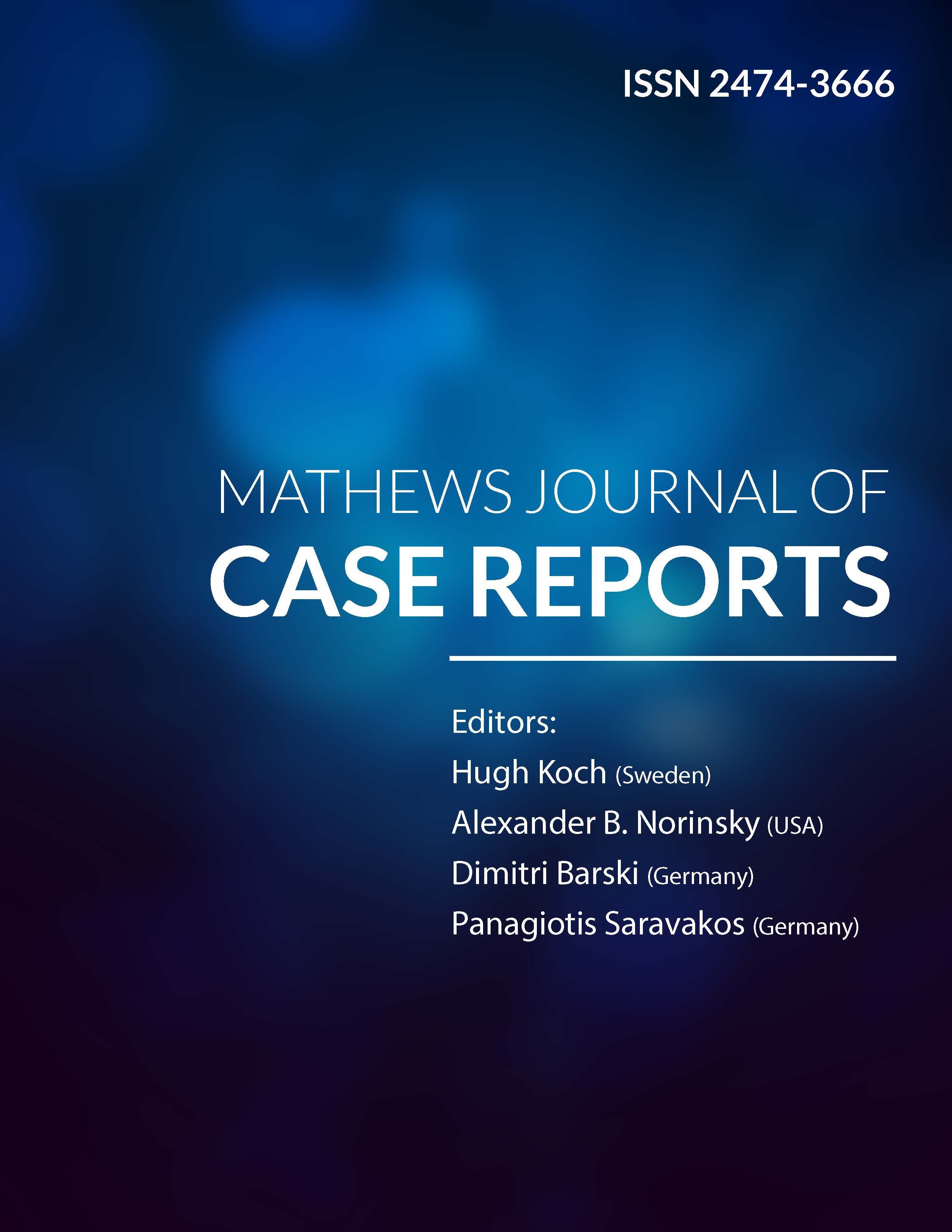
Information Links
Previous Issues Volume 8, Issue 7 - 2023
Evaluation of the Effect of Acute Normovolemic Hemodilution on Bleeding Rate and Short-Term Post-Operative Complication of Patient Who Underwent on-Pump Coronary Artery Bypass Graft Surgery
Fatemeh Abdoli1, Kianoush Saberi2,*, Ali Abdoli3, Hossein Saberi4, Hasti Saberi5, Shahnaz sharifi6
1Tehran University of Medical Sciences, School of Medicine, Tehran, Iran
2Tehran University of Medical Sciences, Imam Khomeini Hospital complex, Department of Anesthesiology, Tehran, Iran
3Department of Nursing, Shahid Beheshti University of Medical Sciences, Tehran, Iran
4Iran University of Medical Sciences, School of Medicine, Tehran, Iran
5Islamic Azad University, School of Food Industrial Engineering, Tehran, Iran
6Shahid Beheshti University of Medical Sciences, Tehran, Iran
*Corresponding Author: Kianoush Saberi, Address, Imam Khomeini Hospital Complex, Tohid Squre, Tehran, Iran; Tel: +989128984844; Email: saberikn@yahoo.com
Received Date: May 12, 2023
Publication Date: May 26, 2023
Citation: Abdoli F, et al. (2023). Evaluation of the Effect of Acute Normovolemic Hemodilution on Bleeding Rate and Short-Term Post-Operative Complication of Patient Who Underwent on-Pump Coronary Artery Bypass Graft Surgery. Mathews J Case Rep. 8(7):117.
Copyright: Abdoli F, et al. © (2023)
ABSTRACT
Background: Efficacy of minimal acute Normovolemic Hemodilution (ANH) in avoiding homologous blood transfusion during cardiovascular surgery remains controversial. Postoperative bleeding and transfusion remain a source of morbidity and cost after open heart operations. To better understand the role of acute normovolemic hemodilution (ANH) in coronary artery bypass grafting (CABG), we compared ANH with standard intraoperative care in a retrospective cohort study. Methods: This retrospective cohort study is based on 572 patients who underwent on-pump CABG in the cardiac operating room of Imam Khomeini Hospital from June 2016 till March 2022. 221 patients (38.6%) were in the ANH group and 351 patients (61.4%) were in the control group. This study was based on patients documented information. P<0.05 was significant. Result: The prevalence of short-term complications was bleeding (74.96%), AKI (7.38%), CVA (1.92%) and HF (1.05%), respectively. In general, bleeding was more in the ANH group. There was no significant relationship between ANH and days of hospitalization in ICU (P=0.291), CVA (P=0.748), HF (P=1.000), AKI (P=0.411), bleeding rate on the second day (P=0.180), platelet transfusion (p= 0.158) and FFP transfusion (p=0.776). There was a significant relationship between ANH and the reduction of bleeding (P=0.000), the increase in bleeding on the first day (P=0.006), the reduction of mortality (P=0.007), the reduction of transfusion packed cell (p=0.000). Conclusion: It seems that ANH leads to a decrease in mortality and bleeding, and as a result, a decrease in the allogenic blood transfusions and an increase in bleeding on the first day, but it have no effect on the days of hospitalization in the ICU, CVA, HF, AKI, platelet and FFP transfusion. Therefore, ANH is an effective technique in reducing mortality and bleeding and the allogenic blood transfusion.
Keyword: coronary artery bypass graft surgery, CABG, Acute Normovolemic Hemodilution, ANH, bleeding, allogenic blood transfusion, short-term complication, cardiac surgery